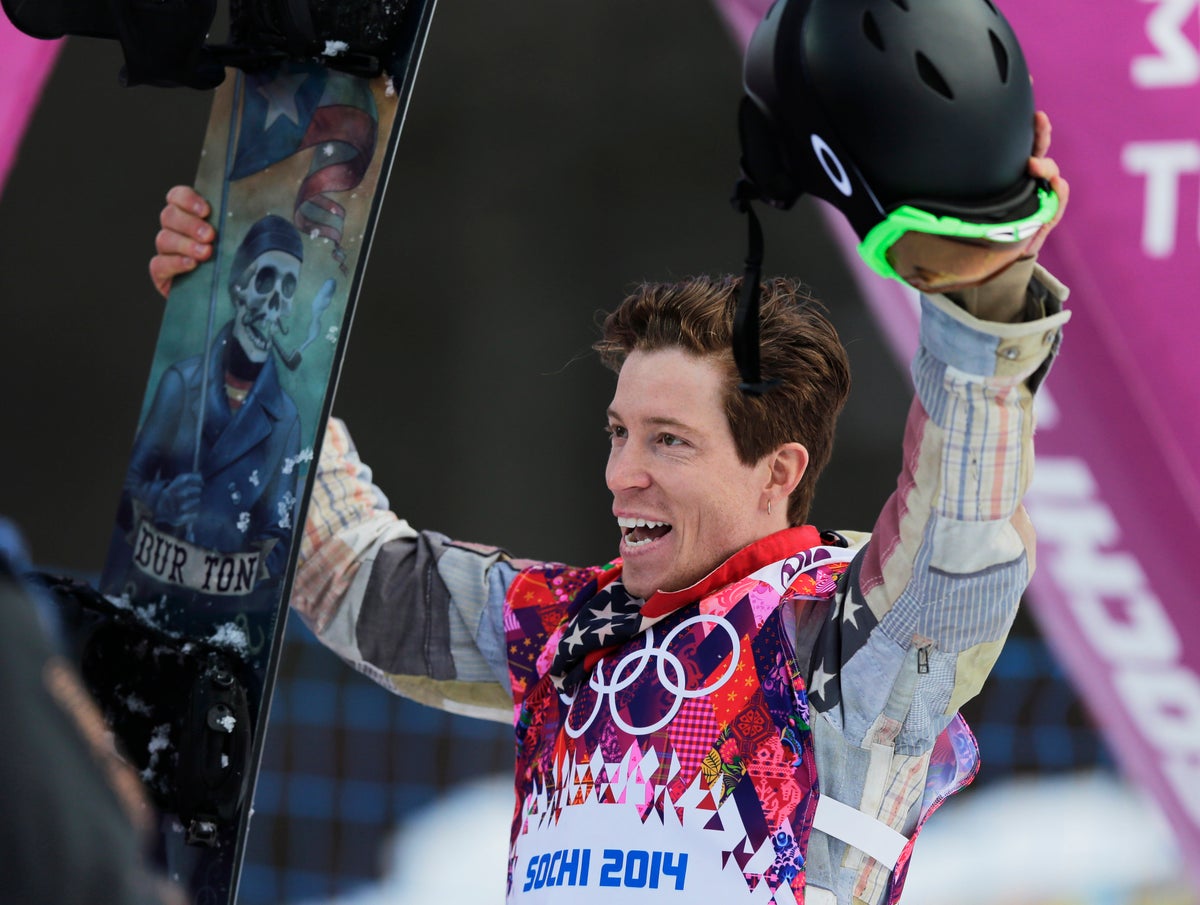
Years after their sport was hoisted onto the Olympic stage, the idea of riding for big money and gold medals still felt dirty, in a way, to most pro snowboarders. They were more focused on fun and friends than cash and prizes.
For every death-defying calculation Shaun White made over two decades of risk-taking on the halfpipe, his decision to push those riders into thinking differently about their role in the sport was as big a game changer as any.
A key part in the first episode of the documentary series “Shaun White: The Last Run,” which debuts Thursday on MAX, zeroes in on the exact moment White decided to try to make a living out of snowboarding instead of trying to make friends.
“We saw a future in this sport that others didn’t and we wanted to prove them wrong,” says White, now 36, reflecting in the series on the turning-point moment, which came when he was 15. “I could potentially make what (my parents) were making for a whole year in one day.”
White took more than his fair share of grief for that decision, but the ensuing two decades proved him right.
By the end of the series, nobody much thinks twice about putting their life on the line for a gold medal. The 23-year-old, Ayumu Hirano, who wins one at the Beijing Olympics — where White finished fourth after his last run — is one of many who readily admit they wouldn't be on that halfpipe were it not for the example White set.
“What's beautiful in the doc is, in the end, it's not all about the wins,” White told The Associated Press. “In the end, it's about leaving behind a legacy in the sport. How it changed my life, how it changed my family's life and hopefully, how it changed the sport.”
For those who paid attention to the three-time Olympic champion only every four years, the decisions he makes and the risks he takes throughout this four-part series will feel revelatory and as harrowing as they were in real time.
For those already familiar with the story, there's a new chance to see the ups and downs — namely, the tough, sometimes life-changing and life-risking decisions hashed out in starting gates and ice tubs and hospital beds with his coaches, Bud Keene and, later, J.J. Thomas.
In addition to the years' worth of home- and handheld-camera footage, there are fresh interviews with White's mom and dad, Cathy and Roger, and his brother and sister, Kari and Jesse. They all got behind the idea of Shaun as the family business. The excursions to Mount Hood and Mammoth in the family's retrofitted white van soon became flights across the world to watch their son and brother change the sport.
“Winning is your only friend,” Kari tells her brother in a 2021 phone call, as Shaun lies on a massage table, remembering a time when that was true but also feeling the changes that 20 years had exacted on his body and mind.
If there's a main antagonist throughout this series, it is not another snowboarder, but rather the triple cork — the massive and dangerous three-head-over-heels trick that Hirano used to win in China last year.
White had been toying with that trick in practice for eight years before someone finally landed it in a contest. We watch him do it well and not-so-well in dozens of plunges into airbags and foam pits. We watch him commit to it, then abandon it, then go back to it, all the while acknowledging that his career, and life, are the stakes if he loses his bearings on that trick — or any trick — while flying half-blind above a rock-hard halfpipe.
“That's what the current riders were doing and that's where we are today,” White said when asked why the series shines more light on the triple than the other groundbreaking tricks he invented. “And I thought it was important that they threw back to like, ‘Hey, look, I tried this ages ago.’ But the sport didn’t shift that way” when he was first trying it.
Eventually, though, it did.
The series switches between eras. Early in Episode 1, White sees Hirano and the other Japanese riders landing triples weeks before the Beijing Games, and there's a sense he knows his perch at the top of the podium is in jeopardy.
And yet, to the very moment he reaches the starting gate for his final ride in Episode 4, it feels like there's a chance he just might try the triple and pull it off. After all, he had taken similar chances before and walked away with gold.
There are no spoilers here. Everyone knows how this ends.
But before that, there were three gold medals and another fourth-place finish, each of which propelled White to a different level of fame, satisfaction, happiness or unhappiness. His career-ending fourth-place finish is not the point of this story.
Instead, it's that White made it OK — maybe even commendable — for pro snowboarders to lean into the bottom-line reality of their livelihoods: Sure, pushing the envelope is great for its own sake. But there's nothing wrong with getting rich and famous doing something you love, especially if you're risking your life to do it.







